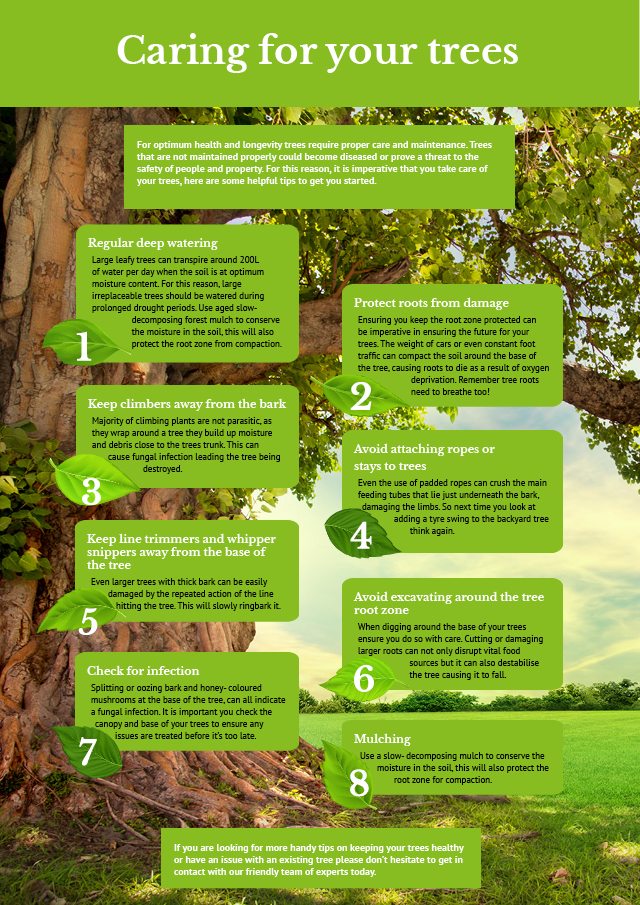Signs It's Time For Tree Removal: Just How To Determine Dangerous Trees
Signs It's Time For Tree Removal: Just How To Determine Dangerous Trees
Blog Article
Write-Up Developed By-Velling Butcher
When it involves tree treatment, identifying the indicators that it's time for removal is essential for your safety and security and residential or commercial property. You may discover stained fallen leaves, wilting branches, or strange fungal developments indicating health problems. Architectural issues, like a substantial lean or cracks in the trunk, can also present dangers. Comprehending these indication can help you make educated choices regarding your trees and protect against prospective risks lurking in your yard. What should https://www.winknews.com/2019/11/14/state-ordered-to-pay-homeowners-for-healthy-citrus-tree-removal-in-2003/ seek next?
Indications of Decay and Disease
When you observe indications of decay and illness in your trees, it's crucial to act quickly. website for stained leaves, wilting branches, or uncommon developments like fungi. These can suggest that your tree is battling.
If you see fractures in the bark or soft, mushy wood, these signs recommend internal degeneration. In check out here , a sudden rise in parasites around your tree can signify that it's damaged and prone.
Look for any type of dead or passing away limbs, as they present a danger to your property and security. If you're uncertain concerning what you see, speaking with an arborist can offer quality.
Dealing with these indicators early can conserve you from a lot more comprehensive damage and make sure the wellness of your lawn. Don't wait until it's far too late.
Structural Instability and Leaning
As you observe your trees, keep an eye out for any type of signs of architectural instability or leaning. If a tree leans significantly, it might suggest that the root system is compromised.
Seek any cracks in the trunk or soil around the base; these can signal potential failure. Additionally, look for uncommon growth patterns, like an unbalanced crown, which might recommend that the tree is struggling to hold itself upright.
If you see that the tree favors your home, high-voltage line, or other structures, it presents a better risk. Do not neglect these indications-- speak with an arborist to evaluate the situation.
Doing something about it early can prevent pricey damages and ensure your safety.
Dead or Dying Branches and Vegetation
If you discover dead or dying branches and vegetation on your tree, it's a clear indicator that something's incorrect.
These harmful areas can indicate underlying concerns like illness, bug problems, or environmental anxiety. When branches shed their fallen leaves or turn brown, they're no more contributing to the tree's health. Neglecting these indicators can result in further decline, making your tree a lot more hazardous.
Dead branches can quickly break short throughout storms, positioning a risk to building and individuals nearby. It's critical to assess the level of the damages.
If the issue impacts a considerable part of the tree, take into consideration getting in touch with a specialist. They can help identify if removal is needed to ensure safety and security and preserve the beauty of your landscape.
Final thought
If you see any kind of signs of decay, structural instability, or dead branches on your trees, don't disregard them. These indicators can present significant safety dangers to you and your home. It's always best to speak with a professional arborist that can supply an expert evaluation of your trees. Taking action early can prevent mishaps and expensive damages, ensuring your landscape remains safe and healthy and balanced. Keep in mind, it's much better to be positive about tree care than to wait on a disaster to happen.
